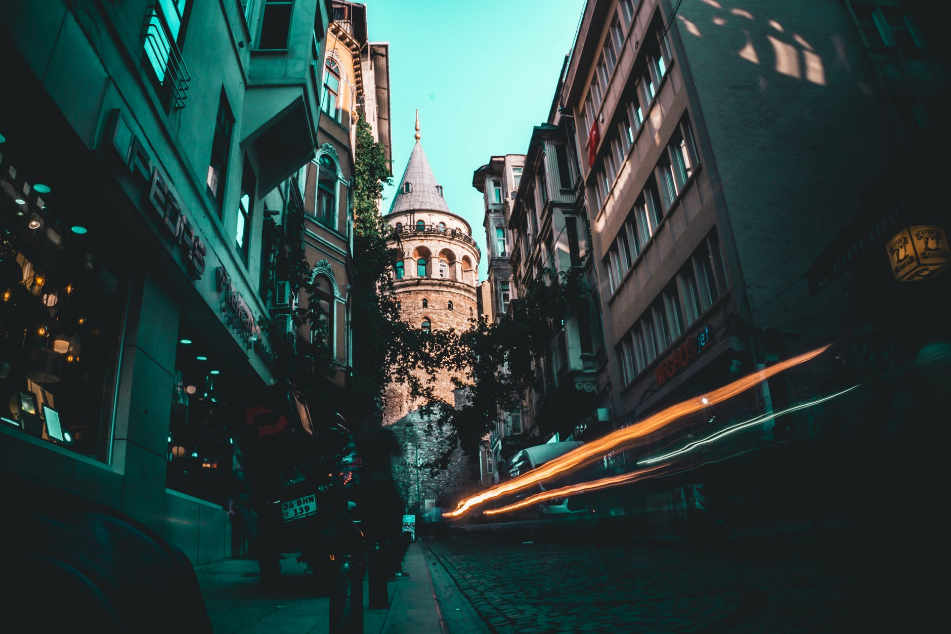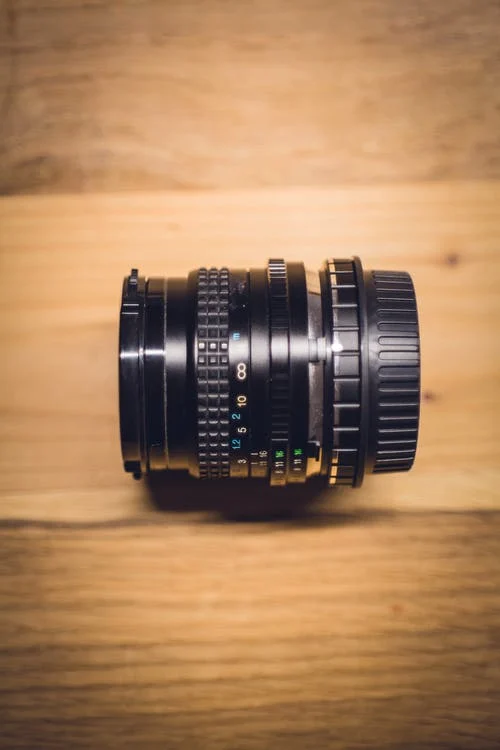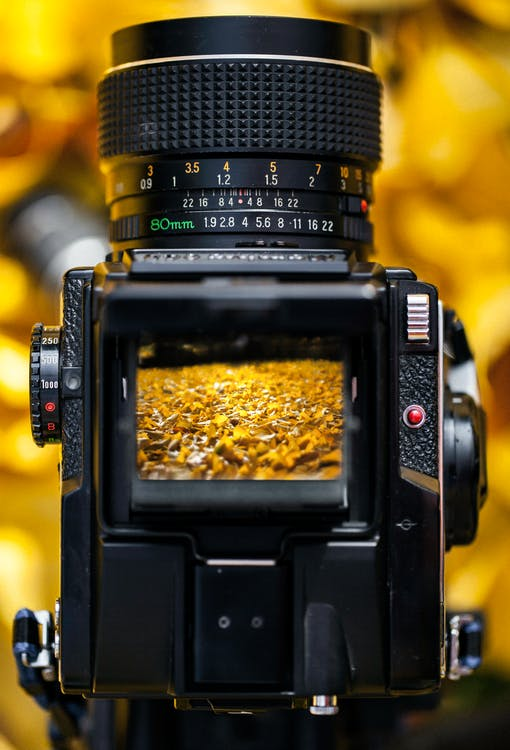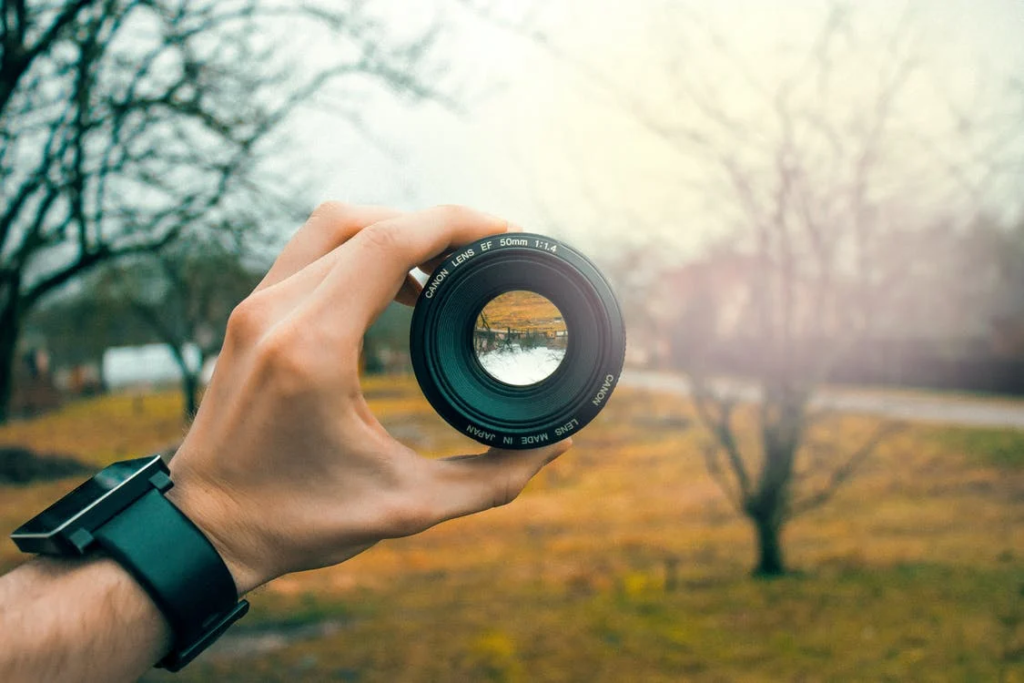Nothing is more annoying than realizing most of your travel photos have turned out blurry after reaching home from a trip. Yet, capturing clear images is often seen as the holy grail for most professional photographers. While it might look complicated at the beginning, there are specific tips to avoid blurry pictures.

If your images are blurry, it’s often tricky to pinpoint the exact problem. So, we have listed out the main reasons why you’re ending up with blurry photos:
Main Reasons for Blurry Images
1. Slow Shutter Speed
A slow shutter speed lets more light into the camera. This makes the slow shutter speed exceptional for nighttime or low-light conditions. The most common shutter speeds are between 1/500 and 1/60. However, if you want sharp photographs while holding the camera with your hands, you cannot use shutter speeds slower than 1/60 because it’s hard to keep the camera steady.

2. Holding the Camera in a Wrong Way
Holding the camera in the wrong way can be one main reason for your blurry pictures. So, for the best stability, practice the official photographer position. i.e., stand with your feet slightly apart, one staggered forward and firmly settled to stabilize your body left to right and back to front. Give support to the camera with your left hand by holding the lens from underneath, and by using your right hand, grab the grip and gently press the shutter button. Place your elbows tight towards your chest and use the viewfinder rather than the Live View screen; holding the camera to your face will help keep it steady.

Some photographers also consider listening to their breathing and heartbeat and hear to the rhythm, taking care while capturing the shot between breaths and beats for the best stability.
3. Not Using a Tripod
Using a tripod will keep your camera completely steady even as you dial in exposures of one second or longer. However, if a tripod is too inconvenient, consider a monopod, a more compact, flexible alternative. Also, image stabilization is not necessary when you use a tripod. It may even be counterproductive, so it’s a great idea to get in the habit of turning any IS off when you place your camera on a tripod.

4. Not Using Autofocus
Nowadays, cameras are advanced, so they do what they are good at! Cameras do a fabulous job of nailing focus, both with still subjects and subjects in motion.

5. Too Wide Aperture
The aperture size determines the depth of field, which is how much of the image is in focus. And this affects the sharpness of your photo.
When your lens finds focus, it locks onto a specific distance called the plane of focus. For example, if you focus at 15 feet, everything 15 feet away from the camera will have maximum sharpness, and anything in front of or behind that plane will blur. The strength of this blur effect is the speed at which sharpness falls and depends on the aperture.

If you are using a wide aperture like f/2.8, the depth of field will be very shallow. Longer focal-length lenses magnify this effect. So, if you are using a telephoto lens and the aperture is fixed at f/2.8, there may be a razor-thin sliver of the image in sharp focus. But if you are using a small aperture such as f/11 or f/18, the depth of field will be larger. As a result, more of the image will be sharp.
6. Out of Focus
An image that is out of focus will seem blurry. However, these days with Auto Focus, it’s unlikely that the whole image will be out of focus. So more often than not, you’ll find one part of the image crisp and clear, but others are out of focus.
In the photo here, the top left part of the image is focused, but our subject and the rest of the picture are blurry.

Now, look at the in-focus portions of the picture. Check whether they are further away from or closer to your subject that is blurry. This is the vital sign of a focus problem that has set focus on the wrong object.
To fix focus problems, ensure your camera has your subject in its sights.
7. Using the Incorrect Auto-focus Mode
Most cameras offer three main autofocus modes. They are:
Single-shot autofocus, named AF-S or One-Shot AF, is used with still subjects.

Continuous autofocus, named AF-C or AI Servo AF, tracks movement through the frame, which works great when your subject is in motion.
Finally, an automatic mode named AF-A or AI Focus AF, likely the default setting on your camera reads the scene and determines which of the first two modes should be used.
It would help to switch between these modes every time you face a new shooting situation; otherwise, you’ll miss shots that you usually could’ve nailed.
8. Junk on or In Front of Your Lens
A big stain/dirt on your lens will affect the image’s clarity. And if you put a low-quality plastic filter in front of your lens, that’ll deteriorate image quality, too. So, ensure your lens is clean, and all your filters are of high quality. For example, if you always shoot with a UV filter and keep getting blurry pictures, try taking a few shots without the filter to check if the quality of the glass is negatively affecting your images.

9. Not Using Manual Focus
There are certain instances where autofocus is avoided, and manual focus comes in handy:
When your camera is on a tripod, you’re using a wide aperture to achieve a very shallow depth of field.

If you want to make sure the essential thing in your frame is sharp, then switch to manual focus. Later use the LCD zoom function to magnify the display by 5x or 10x. And make minor adjustments to the focus until you get it just right. You can also try manual focusing when shooting close-up subjects like a flower petal or photographing landscapes in the darkness.
10. Poor Lens Quality
Lens quality can make a difference in your photograph’s quality, and you’ll occasionally find genuinely soft lenses. And some lenses may be sharp at the center but get blurry around the corners of the picture, or sharp at certain apertures but slightly blurred at others. In addition, every lens has a unique character that may or may not be helpful to the type of work you’re doing.

It’s also worth knowing that each lens has a “sweet spot,” i.e., a certain aperture at which it performs best, usually in the middle of its aperture range, around f/8 or f/11.
Fixed focal length lenses are usually the sharpest, though it’s not always comfortable carrying around two or more lenses rather than a single, all-purpose zoom.
The Best Apps and Tools to Fix Blurry Images
- Adobe Lightroom CC
- Lumii
- Sharpen Image
- Photo Editor Pro
- Fotogenic
- PhotoSoft
- VSCO
- Afterlight
- Snapseed Android/ Snapseed IOS
- Pixlr
- Fotor
- Whitagram IOS
- Instasize
Final Words
Well, these are the 10 most common reasons your images are blurry. If you’ve been struggling with blurry images in the past, you hopefully now know how to overcome those. So, make adjustments accordingly to get your pitch-perfect sharp photos.
Blurry Pictures Videos
How to Get the Blurry Background in Photo & Video
Photography 101: Fixing Blurry Pictures
Blurry Pictures–What Causes Them and How to Get Sharp Photos!
A ‘Smart’ Way to Fix Motion Blur in Photoshop!
















